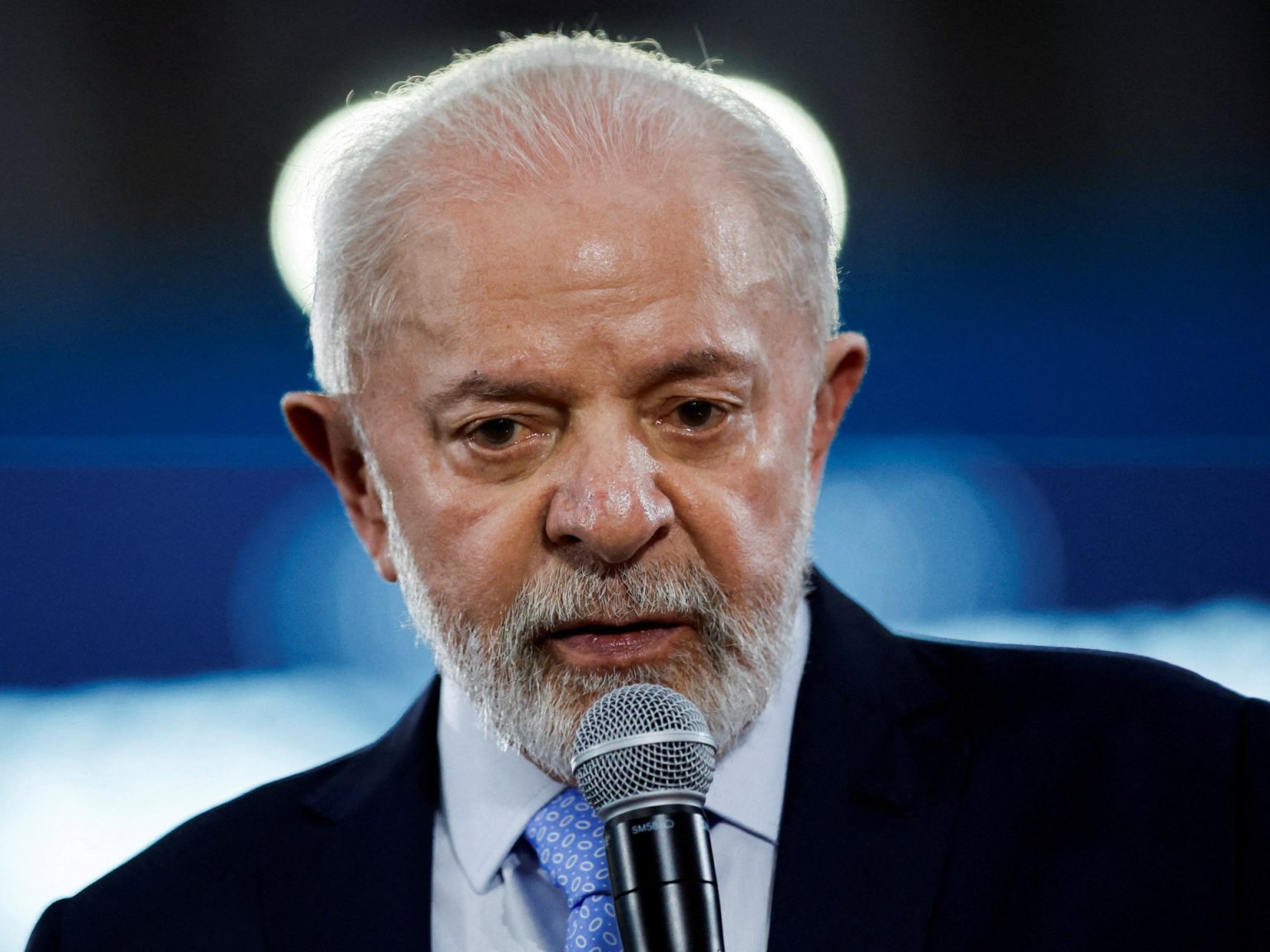Brazilian President Luiz Inácio Lula da Silva, 79, recently underwent a successful follow-up surgical procedure after being hospitalized earlier this week for an intracranial haemorrhage. The procedure, which involved blocking blood flow to the affected area, was performed at the Hospital Sírio-Libanês in São Paulo. Lula’s personal physician, Dr. Roberto Kalil, described the procedure as a “success,” stating that the president is awake, speaking, and recovering well. The haemorrhage was linked to a fall Lula suffered in late October at his presidential residence, where he hit the back of his head and received stitches. Though he initially curtailed travel following the fall, Lula experienced headaches that prompted his medical team to transport him from Brasília to São Paulo for further evaluation and treatment.
The second procedure aimed to minimize the risk of the haemorrhage reoccurring. It involved inserting a catheter into Lula’s femoral artery to block blood flow through the middle meningeal artery in his head. Dr. Kalil characterized the procedure as “routine” and “minimally invasive,” performed under sedation rather than general anaesthesia. The catheter was expected to be removed later the same day. Lula’s medical team expressed optimism about his swift recovery, anticipating his discharge from the hospital early the following week. They emphasized that he is doing well both physically and mentally, and is expected to gradually resume his normal activities. However, they also advised a period of relative rest over several weeks to aid his full convalescence.
Dr. Kalil reassured the public that Lula’s neurological examination is normal, echoing the positive assessment given by neurologist Dr. Rogério Tuma. While Lula is expected to return to work, he has been advised to avoid strenuous physical or mental exertion during his recovery period. The medical team’s consistent message emphasized Lula’s positive progress and anticipated return to his presidential duties, while also emphasizing the importance of rest and a gradual resumption of his workload. This cautious yet optimistic approach underscores the serious nature of the medical event while simultaneously projecting confidence in the president’s resilience and ability to resume his responsibilities.
The initial fall in October, which led to the subsequent haemorrhage and hospitalization, highlights the vulnerability of even high-profile figures to unexpected health challenges. The detailed medical updates provided by Lula’s medical team demonstrate a commitment to transparency and public reassurance. The information released, including the nature of the procedures, the president’s current condition, and the projected recovery timeline, serves to alleviate concerns and manage public expectations. This open communication strategy also underscores the importance of preventative healthcare and prompt medical attention, even for seemingly minor injuries.
Lula’s hospitalization comes amidst a politically charged atmosphere in Brazil, following his return to the presidency in early 2023. His health scare has undoubtedly raised concerns about the continuity of his political agenda and the stability of the government. The reassuring reports from his medical team serve not only to update the public on his health status but also to mitigate potential political anxieties. The swift and decisive medical intervention, coupled with the positive prognosis, projects an image of resilience and strength, crucial for maintaining public confidence and ensuring a smooth transition back into presidential duties.
The medical team’s emphasis on a gradual return to work underscores the seriousness of Lula’s condition while also signaling a commitment to his long-term health and well-being. This approach recognizes the importance of allowing adequate time for recovery, preventing potential setbacks, and ensuring Lula can return to his demanding role fully capable and energized. The incident serves as a reminder of the human element in political leadership and the potential impact of unexpected health issues on the course of governance. The transparency and professionalism demonstrated by Lula’s medical team in handling this situation sets a positive example for managing public health concerns related to high-profile individuals.

